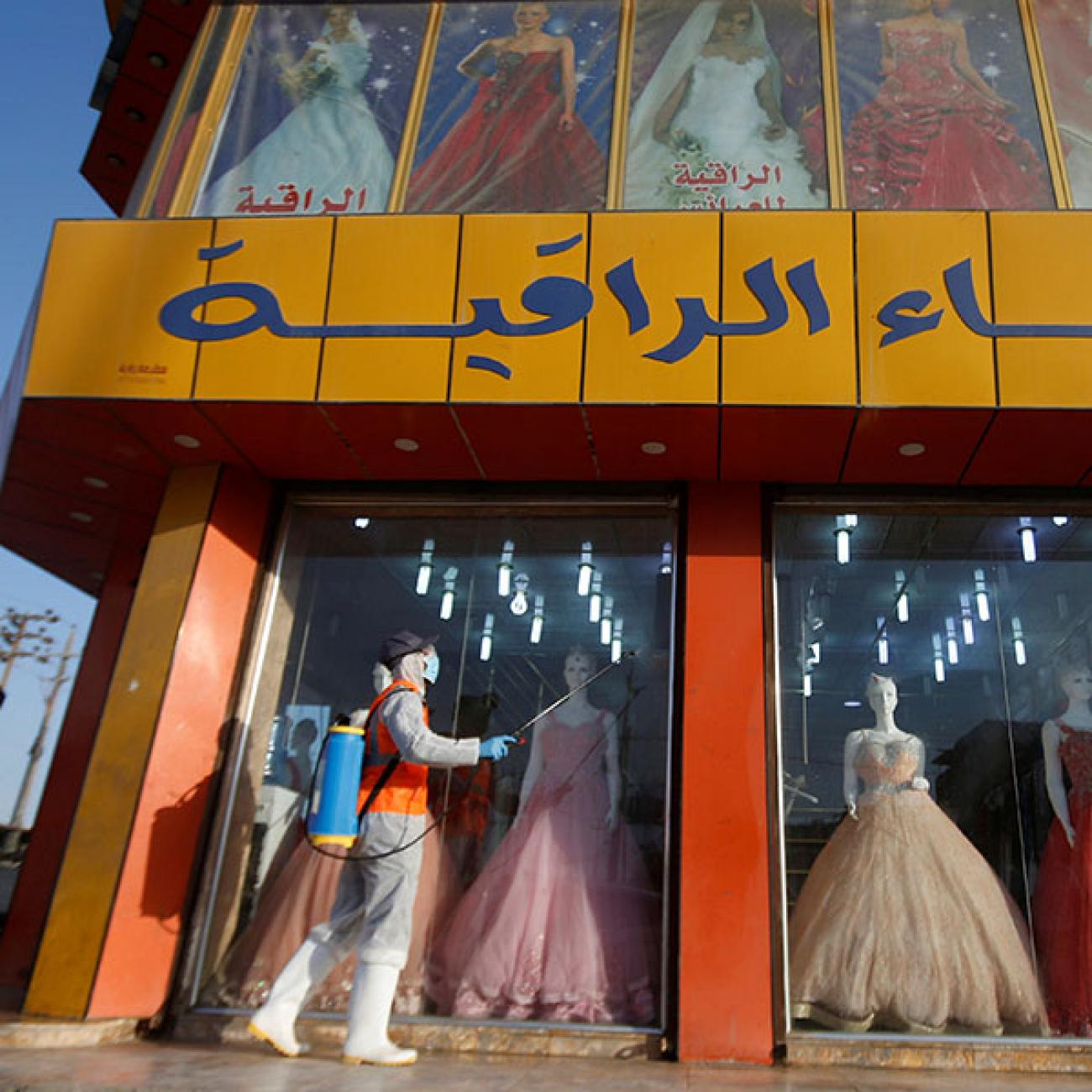The rapid evolution of genomics technology has brought fundamental changes in health care that are comparable to the introduction of vaccines, antibiotics, anesthesia, germ theory, and advanced imaging. Future generations will undergo a paradigm shift in how they receive tailored care and become empowered to manage their health with insightful information.
To illustrate how rapid this evolution has been: it took 10 years and more than $2 billion to sequence the first human genome, almost 20 years ago. Today, researchers and physicians can sequence a genome in roughly 10 hours for about $200—defying any technological evolution pattern that we know.
Those advancements represent a significant milestone in growing the field of precision medicine, but better access to more diverse genomic information is still needed.
Scientists will be able to unravel the complete map of genomes that define the allelic spectrum of the human race worldwide
The Middle East is home to more than 400 million people and is one of the world's oldest inhabited regions. Yet it is the most underrepresented in genome sequencing. More than 95% of available genome data comes from Western Europe and North America.
Today, security laws mean that most national projects put restrictions on sending biological samples abroad as well as on allowing direct access to data from abroad. If the representation of Arab genomes in these datasets is increased and access guidelines are less restricted, scientists will be able to unravel the complete map of genomes that define the allelic spectrum of the human race worldwide. This would improve the accuracy of diagnoses and personalize the treatment of underrepresented populations.
The Arab Genome and Progress to Date
I work at Qatar Genome Program, a population-based research project that studies the genetic composition of Qatar's and other Arab countries' populations to introduce precision medicine and personalized health care. Since 2015, the program has recruited participants through Qatar Biobank and has built a database of more than 35,000 whole genomes that includes rich, deep phenotypic data and access to clinical records, making this dataset a gold mine for scientific discoveries. This will engage local and international researchers and fill knowledge gaps on Qatar and the wider Arab population globally.
In the coming years, the Qatar Genome Project will shift gears from producing big data for basic research to clinical implementation. It has already launched several clinical pilots around pharmacogenomics to fine-tune drug development and predictive genomics to predict an individual's risk of disease.
In one pilot, scientists are using point-of-care genotyping at surgical centers to prescribe and administer the optimal dose of blood thinner (warfarin) to patients undergoing heart valve replacements. Preliminary results are encouraging, and findings show that therapeutic doses can be achieved within three days instead of the five to seven days typical in standard care. That could significantly decrease the hospitalization time for such patients.
In another pilot, physicians embarked on a potentially lifesaving experiment where they identified participants with BRCA1 and BRCA2 mutations, who are at a very high risk of developing breast cancer. After identifying those individuals, our scientists referred them to oncologists for treatment. Some women chose to enroll in earlier and more frequent screening programs, and others opted for preventive surgery, such as a mastectomy.
For any population or ethnicity to benefit from precision health, the first step is to sequence and understand its genomes. This has been the focus of our work for decades. Researchers now know what the main components of the Qatari reference genome are and have a much better understanding of the genetic risk factors specific to the Qatari and Arab populations. That has been especially useful in pharmacogenomics and oncology, where genome sequencing can be used to identify who might be at high risk for cancer or to choose treatment options. Genome sequencing can also be used to diagnose rare diseases, which are predominantly caused by genetic mutations and often go undetected by basic genetic screening tests.
Taking Concrete Action to Make Genomics More Diverse
To establish a more diverse genomics landscape, two steps should be taken. First, researchers and scientists need to make access guidelines more accessible to different dataset owners from different populations and countries. As they stand, the guidelines present a major roadblock. If access to that data were democratized, it would enable more sharing between projects, allowing researchers to obtain information without leaving their respective countries. This action has the potential to lead to faster, more accurate diagnoses and treatments. Second, technology and IT solutions are needed that allow responsible, safe, and secure sharing of the data without any breach of privacy and with security of each data set from each country.
This action has the potential to lead to faster, more accurate diagnoses and treatments
NGOs and global consortiums are very much playing a role in this effort. One example is an alliance called Global Alliance for Genomics and Health that includes big genome projects around the world actively working on building technical standards, policy frameworks, and tools that will expand responsible, voluntary, and secure use of genomic and other related health data.
The National Institutes of Health announced in September last year that it would provide $5.8 million in funding to create a hub for educational and research opportunities for students of diverse backgrounds to experience genomic data science research—but what if those students had access to more diverse genomic datasets in the first place?
If we could put the same effort and level of investment into adding more genome data from underrepresented populations that we put behind the genome sequencing technology, researchers and physicians would have a significantly better understanding of the human genome. This in turn would lead to more accurate diagnoses, enhanced patient care, and ultimately better outcomes for everyone.




